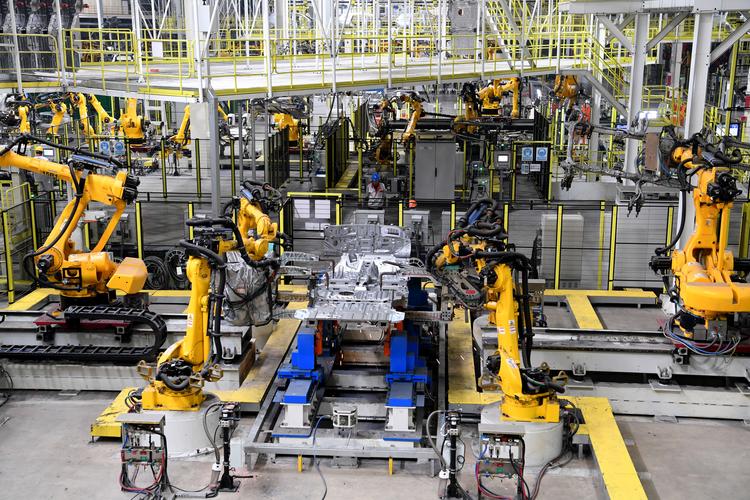
The application of the seventh axis of robots in the new energy vehicle industry is mainly reflected in the following aspects:
Handling and assembly: The seventh axis of the robot can be used to handle and assemble components of new energy vehicles, such as accurately grasping and placing battery modules during battery assembly, thereby improving production efficiency and quality.
Welding and painting processes: In the application of automotive production lines, the seventh joint of robots can be used for welding and spraying processes, which can improve the quality and production efficiency of components.
High end tightening device: New energy vehicles have significantly higher requirements for tightening systems, and high-end tightening devices will become the mainstream in the industry in the future. This indicates that the seventh axis of robots will play a more important role in the future manufacturing of new energy vehicles.
Material Mobility Solution: Tailored for the new energy vehicle industry, this material mobility solution demonstrates the potential of the robot's seventh axis in providing flexible and efficient material handling capabilities.
Automation and intelligent upgrading: With the rapid growth of new energy vehicle sales and the digital and intelligent transformation and upgrading of the automotive industry, the industrial robot market has ushered in a new round of development opportunities. The seventh axis of the robot, as an important component of industrial robots, plays a crucial role in this process.